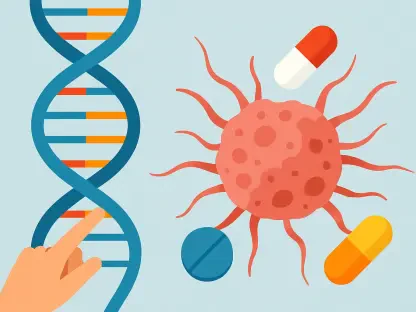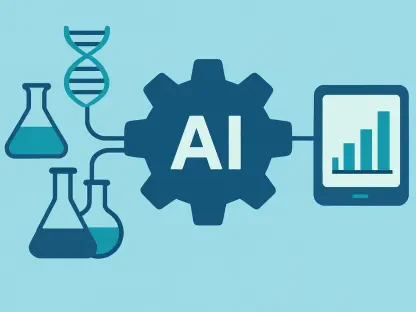A new study centered around planned cesarean sections (C-sections) and their association with childhood leukemia sparks significant discussions. With rising rates of elective C-sections globally, healthcare professionals and policymakers are intrigued by findings suggesting heightened risks for acute lymphoblastic leukemia (ALL) following such deliveries. As these procedures become more common, understanding their long-term impact on children’s health is crucial.
Current Trends in Cesarean Section Deliveries
Planned C-sections have grown in popularity over the years, driven by factors such as perceived convenience and reduced labor pain. However, this trend raises critical health considerations. New research indicates potential developmental impacts on children, emphasizing the need for a deeper examination of childbirth choices.
Previously, C-sections were predominantly reserved for medical emergencies. Today, elective procedures are on the rise, influencing delivery method decisions across communities. The health implications of this shift demand urgent attention as they carry potential long-term consequences for offspring.
Insights into the Leukemia Study
Research Examination and Statistical Findings
Karolinska Institutet’s comprehensive study analyzed data from nearly 2.5 million births, spotlighting a noteworthy link between planned C-sections and ALL. The statistical analysis revealed a 21% increase in ALL risk and a 29% rise in B-cell acute lymphoblastic leukemia (B-ALL) among children delivered via planned C-sections. The heightened risk appears more pronounced in young boys.
Despite the complexity of the data, these findings compel a reevaluation of elective C-section practices. Researchers, acknowledging potential anomalies due to the infrequency of ALL, stress the robust nature of the results even after considering maternal and child variables.
Biological Mechanisms
The outlined hypotheses suggest a missing exposure to vital vaginal bacteria and natural labor stresses when bypassing traditional birth. These factors are crucial for developing an infant’s immune system. Such insights could explain why children born through C-sections might face increased risks of immune-related conditions.
Further exploration into these biological pathways presents an opportunity for a deeper understanding of the complex relationship between childbirth methods and childhood health outcomes. Scientists see potential in bridging knowledge gaps that could lead to improved clinical practices.
Broader Health Implications
Chronic Health Concerns
Elective C-sections have long been associated with an uptick in chronic conditions like asthma, allergies, and type 1 diabetes among children. The implications of these findings extend beyond leukemia, urging the healthcare industry to reevaluate delivery method choices and address the broader spectrum of potential health issues linked to planned procedures.
Public Health Policy Impact
These findings are poised to influence public health policy, fostering discussions on revising guidelines related to delivery methods. As healthcare systems weigh the pros and cons of elective C-sections, evidence suggests a need for a more nuanced approach to such decisions, balancing medical necessity with potential long-term risks.
Interpretation Challenges
Key challenges arise in interpreting these findings, given the statistical limitations and rarity of ALL. Accurate comprehension of the results requires careful consideration to avoid misguiding healthcare decisions. Researchers advocate for cautious interpretation and further validation of the data to ensure sound policy formulation.
Regulatory and Clinical Guidelines
Current medical guidelines on C-sections stress informed decision-making. Healthcare providers play a crucial role in educating expectant parents about both the benefits and possible risks of planned C-sections. Such awareness is imperative for empowering parents with the information needed to make informed childbirth choices.
Future Research and Innovations
Opportunities for Further Study
Identifying gaps in current knowledge, future research should prioritize exploring the underlying mechanisms linking C-sections and childhood leukemia. Innovation in delivery methods, technologies, and research methodologies will likely illuminate new dimensions in childbirth practices, potentially redefining recommendations and policies.
Implications of Innovations in Delivery
Embracing novel technologies and methods in childbirth could pave the way for healthier outcomes, advocating for a dynamic, evidence-based approach to maternity care. The medical community continues to seek advancements that support both maternal and child health without compromising safety.
Reflecting on Findings
While the study underscored potential risks associated with planned C-sections, it also highlighted the intricate balance required in weighing the risks and benefits of various delivery options. Going forward, it is vital for healthcare professionals and policymakers to consider these findings in context, ensuring that decisions around birth methods prioritize both immediate needs and long-term health outcomes. The pursuit of a comprehensive understanding of childbirth impacts on children remains a priority, potentially shaping future guidelines and fostering healthier generations.









